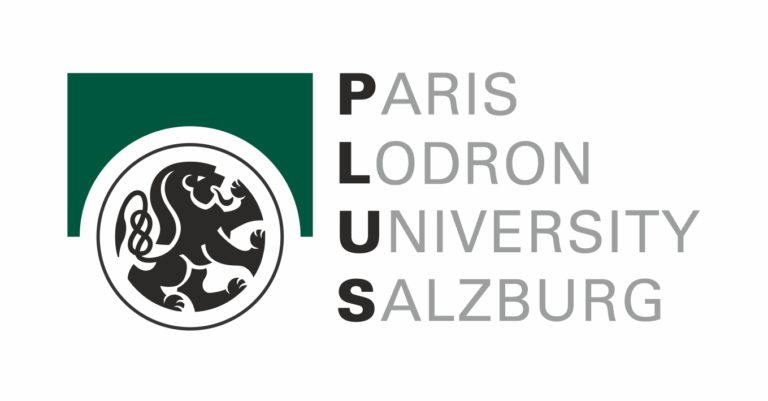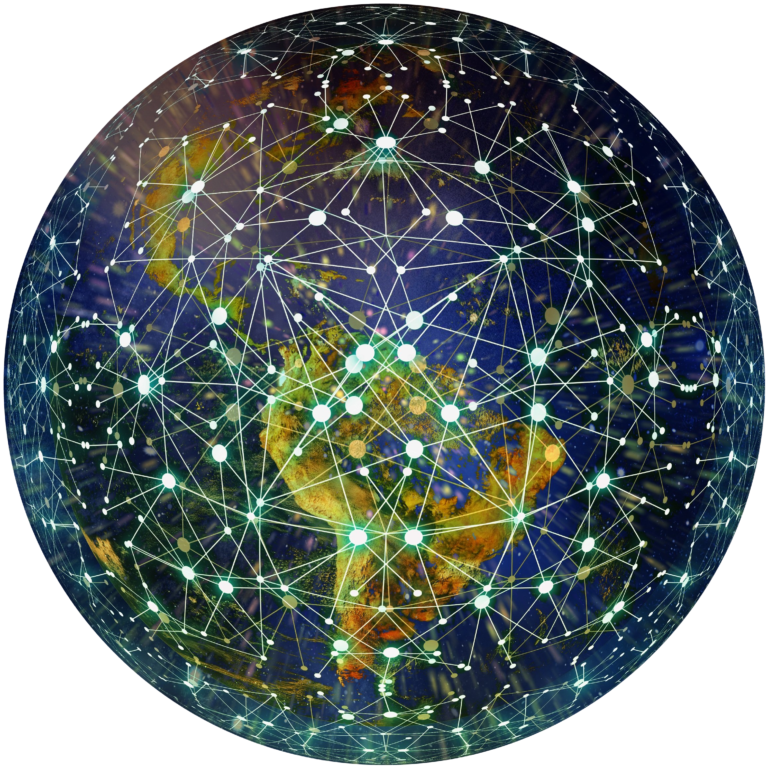Masters programme | E-portfolio



The e-portfolio documents main parts of the EMJMD programme Copernicus Master in Digital Earth. During the master’s programme a fundamental understanding of geoinformatics and remote sensing techniques in laid in the first year (PLUS University of Salzburg, Austria) followed by possibilities to specialise in geodata science in the second year (UBS University of South Brittany, France). Hence, contents from various lectures ranging from ones with a focus on software development to those encompassing machine and deep learning methods applied to remote sensing data are presented below. The e-portfolio will grow incrementally according to the progress in the master’s programme.
Latest posts

S-1 based crop analyses
Processing pipelines for the calculation of backscatter intensity, polarimetric decomposition parameters and coherence values are presented. Analyses regarding the informative value of these SAR features are exemplified by analysing timeseries for a few hundred fields. Correlations to the phenological development of the crops are made and random forest-based classifications are performed.

Internship – UAV-based regression of biomass
Comparison of three different machine/deep learning approaches to perform regression for fractional vegetation coverage, vegetation height and vegetation volume. Tackling the issue of sparse training data vs. high model complexity

UAV-based DSM & Orthophoto generation
Illustration of the workflow as well as the intermediate products in the creation of terrain models based on drone data. Application example based on a small-scale river bed within a forested area.

EO Summer School 2022
Summary of the contents of the one-week summer school on state-of-the-art use of various remote sensing data

S-1 based DEM generation
Investigation into the usability of radar-based terrain models for analysing the landscape-altering effects of the Brumadinho dam collapse (Brazil, 2019)

Geopython 2022
Impressions from the conference on python in the field of spatial analysis. Interesting individual contributions are briefly summarised. They are grouped into broader categories and where links to related themes and methods came to mind corresponding material is added.

Living Planet Symposium 2022
Impressions from the world’s largest conference in the field of remote sensing and Earth observation. Excerpts from individual, interesting sessions in the field of agricultural research and big earth observation.

SAR-based crop classifications – Literature review
Quantitative, bibliometric analyses on the existing literature of SAR-based crop classifications. Analyses of temporal and spatial characteristics of the scientific corpus and identification of the most significant publications.

Tweet mapper
Java app that maps tweets contained in a .csv file as a timeseries representation in Google Earth.

Hurricane track forecasts
6h forecasts of the next positions of hurricanes in the Atlantic Ocean. Taking into account the motion history of the hurricanes recorded up to that point as well as their current properties, feature sets are created that are then used to train and evaluate various machine learning models.

Visibility analyses
Analysing the views along austrian hiking paths with consideration of the landuse within viewsheds. Presenting the map results as well as descriptive statistics in form of a simple dashboard (R Shiny).

Solar radiation analyses
Performing a multitemporal classification of Sentinel imagery to extract vineyards. Subsequently, analysing the significance of irradiation intensity and duration for the location of vineyards. Using random forest as an embedded feature selection method.

Sen2Cube – Vegetation index time series
Using a semantic earth observation datacube containing Sentinel-2 scenes in order to calculate a vegetation index time series on agricultural fields

Runoff analyses
Hydrological analyses using the example of an alpine watershed with a reservoir. Spatial delineation of the catchment area, consideration of flow paths with runoff accumulation as well as temporal analyses of runoff volumes.

Terrain analyses
Qualitative and quantitative assessment of terrain in a mountain catchment area. Analysis of the influence of different DEM resolutions on the calculation of elevations and slopes.

Interpolation – Inverse Distance Weighting
Analysing the effect of different parameter settings on the result of IDW-interpolated temperature values. An interactive dashboard with the interpolation results, descriptive statistics and validation plots is provided.

Google Earth Engine – Thermal reflectance timeseries
Implementing a simple web-app to analyse timeseries of Landsat thermal reflectance values for german cities

Network analyses
Spatial analysis focusing on the establishment of a proposed sustainable food delivery service

